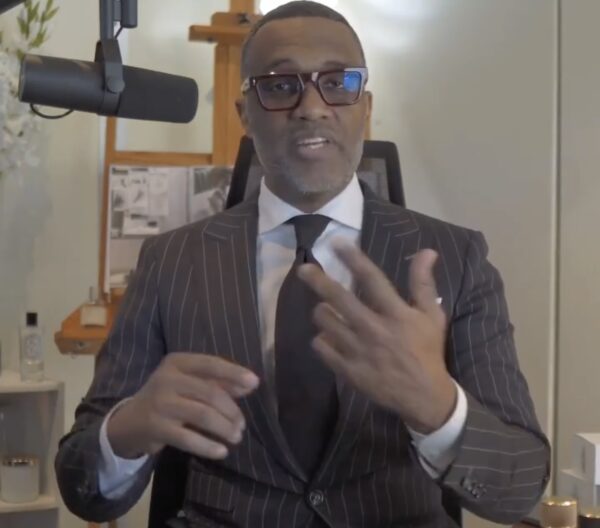Two months after his surprise passing, the cause of death for controversial YouTube personality Kevin Samuels has been released. TMZ and others report the cause as hypertension.
The 57-year-old self-proclaimed relationship guru passed away earlier this year on May 5 in his apartment minutes after complaining of chest pain.

“The Fulton County Medical Examiner’s Office just released findings into Samuels’ death telling us he died due to hypertension – high blood pressure,” TMZ reported. “The ME says, ‘Evidence of hypertension includes a heart whose chambers are thicker than normal.”
Samuels reportedly was taking a medicine named Atenolol for the high blood pressure. TMZ wrote, “The ME notes in their findings that the medication is used to treat hypertension. Samuels’s death is classified as due to natural causes.”
TMZ posted the report about Samuels on tits Twitter account, where The Shade Room screenshotted it and uploaded the tweet to its Instagram page.
Fans of Samuels, along with critics, rallied underneath The Shade Room’s post after viewing the information.
“He was always talking about black women’s health though”
“He should’ve been worried about his blood pressure and not why black women are single, hmmm.”
“It’s time we get serious about hypertension in the black community”
A Heart.org article that outlines statistics relating to African-Americans and high blood pressure notes that more than half of America’s Black adults are living with hypertension.
“About 55% of Black adults have high blood pressure, also known as hypertension or HBP. Black people also have disproportionately high rates of more severe HBP and it develops earlier in life.”
The article continued, “Black neighborhoods lack stores that stock healthier foods. And areas that have historically lacked investments often don’t have safe places to walk, run, or exercise.”


